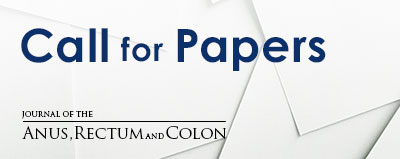Defunctioning loop ileostomy with restorative proctocolectomy for rectal cancer: Friend or foe?
Department of Coloproctological Surgery, Juntendo University Faculty of Medicine, Tokyo, Japan
Abstract:
Objectives: Temporary ileostomy is used to decrease morbidity from anastomotic leakages (ALs). However, ileostomies are associated with complications (i.e., stoma-related complications; SRCs), ileus due to stenosis, dehydration, and the need for a second operation. Here we retrospectively evaluated the impact of SRCs on the treatment of rectal cancer. Methods: We identified 180 consecutive patients who underwent curative resection for rectal cancer at Juntendo University Hospital between January 2006 and December 2014. We divided the patients into groups with and without defunctioning stoma (DS), and we compared the patient age and gender, tumor location, approach (laparotomy/laparoscopy), surgical procedure, distance of the tumor from the margin of the anus, T factor, stage, duration of postoperative hospital stay, and postoperative complications between these groups. Univariate and multivariate analyses were performed to determine the risk factors for postoperative hospital stay. Results: The symptomatic leakage rate in the DS group (n = 92) was not significantly different from that of the non-DS group (n = 88; p = 0.29). However, Grade ≥ 4 AL occurred significantly less frequently in the DS group (0%) than in the non-DS group (5.7%; p = 0.02). SRCs occurred in 14 DS-group patients (15.2%). The multivariate analysis demonstrated that both AL (odds ratio [OR] 9.24; confidence interval [CI] 4.91-19.4) and SRC (OR 1.84; CI 1.03-3.54) were independently predictive of short-term outcomes. Conclusions: The benefit of a DS is balanced against the risk of leakage and SRCs at rectal resection. Surgeons should focus on not only the consequences of AL, but also SRC risk.



